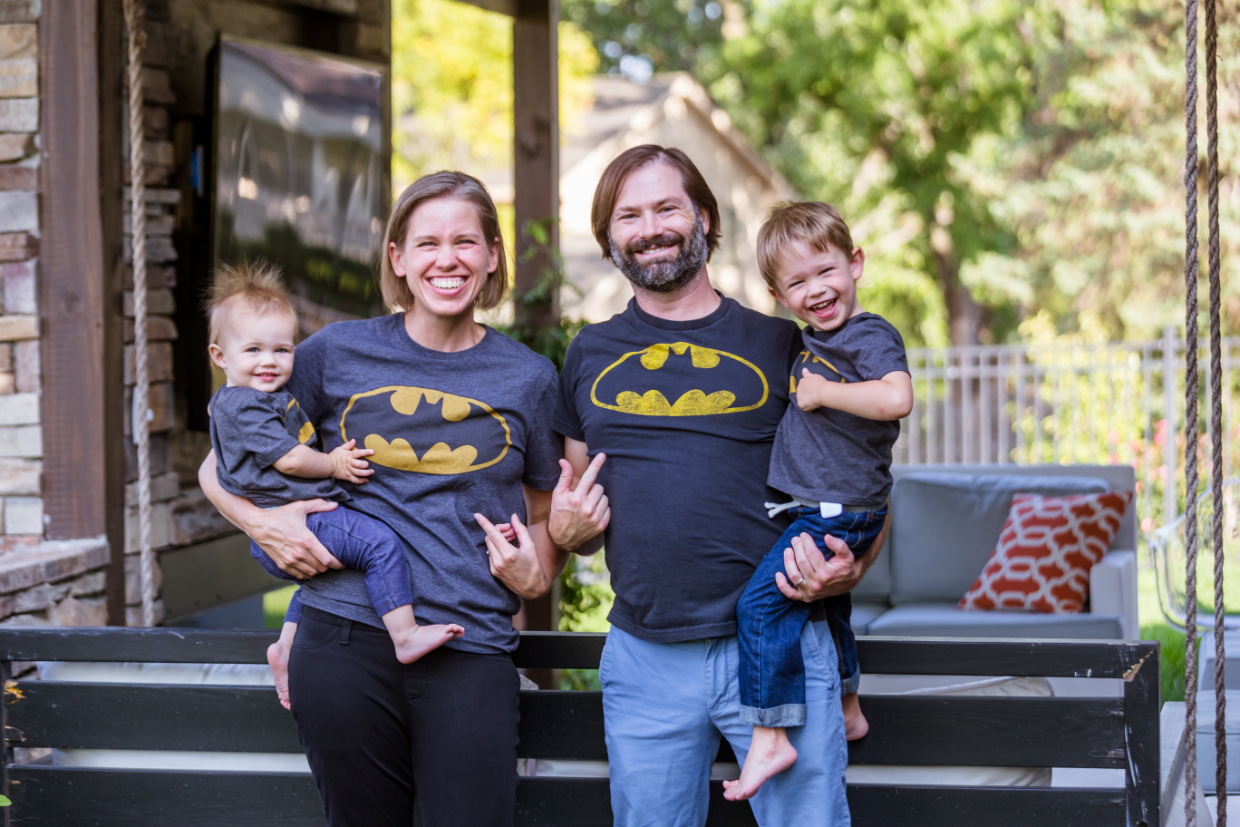Configuring a new OS X Mavericks development machine
These are the steps I took to setup a new OS X 10.9 (Mavericks) machine for development. I have heard on twitter that each time you setup a new machine you get 1% better and at this rate you can become good at it in a few hundred years! Ha while that seems to be true I am getting happier with the process and I am now at least trying to document it. This post won’t serve as a rich tutorial on the configuration process, but should give some ideas on good ways to setup your own machine or ideas on how to fix some common gotchas I ran into with my setup.
I know this is a very opinionated approach without much explanation, so if you are new to development I recommend finding richer tutorial as a this is largely intended for my own documentation.
Initial setup steps
- verify full disk encryption
- update password on account / machine (if one was previously configured)
- install all OS X updates
- install X code (this and the updates can be slow get this started as soon as you can)
- options download install pretty much all the requested packages
- cmd line
xcode-select --install
While Xcode installs
- install chrome
- while X code installs install size up, or your prefered window manager
- install dropbox, get sync started
- get ssh keys
- tar czf key.tar.gz .ssh/
- gpg -c key.tar.gz
- scp it over from other machines or encypted file sync via Dropbox
- gpg –output key.tar.gz –decrypt key.tar.gz.gpg
- tar xvzf key.tar.gz
- download and install virtualbox
After Xcode, install / run Boxen
Installing Boxen will take a long time, so you can continue any download and configuration steps while it runs although some things you want to install are dependent on Boxen completing.
-
cd our-boxen-master/ sudo mkdir -p /opt/boxen sudo chown ${USER}:staff /opt/boxen git clone https://github.com/boxen/our-boxen /opt/boxen/repo cd /opt/boxen/repo script/boxen - install iterm2
- install coco-emacs or Aquamacs
- install zsh brew install zsh
- change default shell to zsh
chsh -s /bin/zsh - verify your running zsh after opening new terminal
ps -o comm $$
- change default shell to zsh
- install Pygments
sudo easy_install Pygments#my dotfiles use Pygments - git clone dotfiles, or however you sync your environment
- sync your non git dot files encypted via scp or pgp dropbox sync (I keep .env_extras that contains some sensative keys so it is not stored on github)
- configure VPN (if needed)
- install Mou (markdown editor)
- install campfire client (Propane)
- install IM client, Adium
- configure Adium for gchat
-
brew install qt- at the time required HEAD
brew update; brew install qt --HEAD
- at the time required HEAD
gem install thrift -v '0.9.0' -- --with-cppflags='-D_FORTIFY_SOURCE=0'-
brew install Mysql55-
initialize mysql:
mysql_install_db --verbose --user=`whoami` --basedir="/opt/boxen/homebrew/Cellar/mysql55/5.5.30/" --datadir=/opt/boxen/homebrew/var/mysql55 --tmpdir=/tmp
-
gem install mysql2 -v '0.2.18' -- --with-mysql-dir=/opt/boxen/homebrew/opt/mysql55/brew install imagemagick
Get your code
- begin to git clone all the things you love
- start to rbenv install all the Ruby versions you need
- bundle install all the things
- verify tests are passing or apps start
Updates Since installed
-
rbenv to get latest ruby 1.9.3-p484 thanks @obfuscurity
cd /opt/boxen/rbenv/plugins/ruby-buildgit pull; cd rbenv install 1.9.3-p484 rbenv global 1.9.3-p484 gem install bundler -
configure default global node.js
nodenv global v0.10.21
Possible Improvements
- Should I install emacs starter kit or start over? I need to fix my emacs setup
- Automated way to reset all the OS X default apps to open file types?
- Automate some of the app downloads and installs
- Automate some of the common ruby version installs
